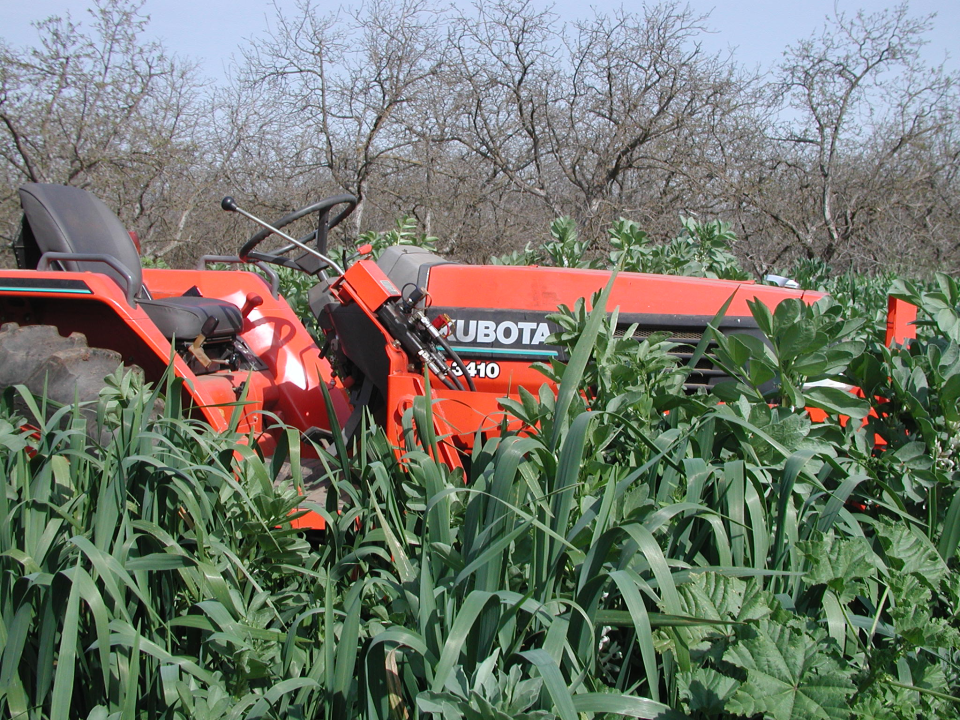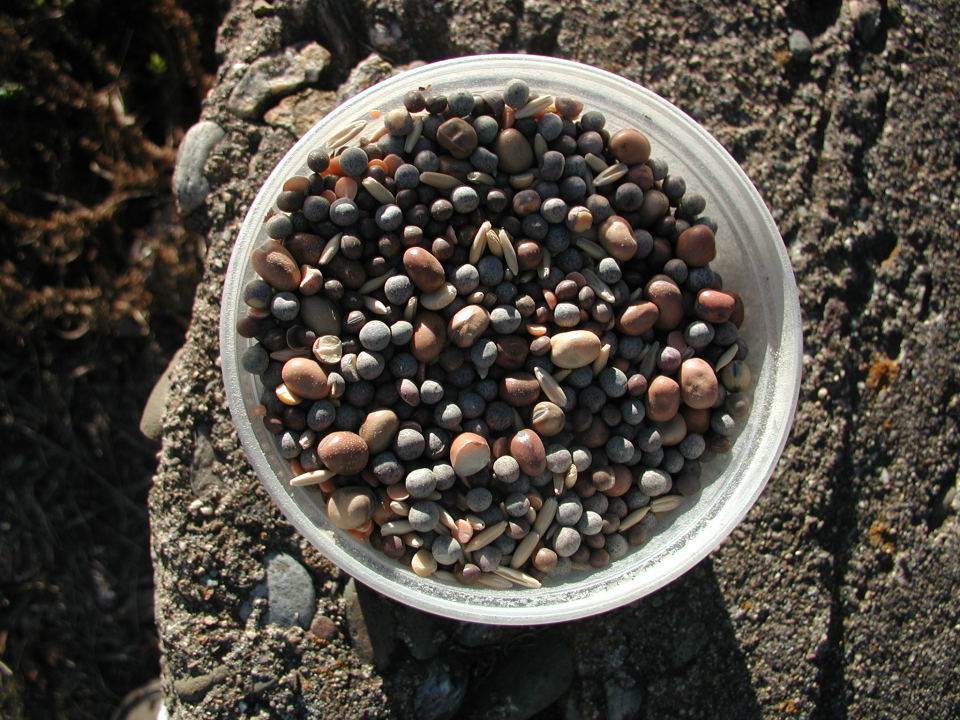How to create healthier and sustainable garden soils
I have long been a proponent of composting, which is one thing that helps make soils healthier, but there are other aspects of gardening to make soils healthy and sustainable. One thing that we need to keep in mind is that there are beneficial fungi in our soils that are vital for nourishing our plants. They are called mycorrhiza, which literally means fungus root as mychor=fungus and rhiza=root.
There are two kinds of mycorrhiza. One is attached to the outside of the root and is termed extracellularly mycorrhiza and the other is intracellular mycorrhiza fungi that actually invade the root cells. Although relatively recently discovered these fungi have been around for about 450 million years and were a partner in plants colonizing land.
These fungi have mutual benefits with the plants helping some plants take up phosphorus, and others manufacture nitrogen, two essential plant nutrients. They also get nourishment from the plants and they also bring water as well as nutrients to the plants.

The hyphae and spores of these plant-friendly fungi are coated with a sticky substance known as glomalin, which was discovered and named in 1996 by a USDA scientist. This substance is responsible for the earthy smell of soil and it also is responsible for the crumb structure of the soil and its tilth. More soil-borne fungi (producing more glomalin) lead to healthy, happy plants.
Tilth is one of those words that is good to know the definition of and here is what Wikipedia has to say about tilth. ”Tilth is a physical condition of soil, especially in relation to its suitability for planting or growing a crop. Factors that determine tilth include the formation and stability of aggregated soil particles, moisture content, degree of aeration, soil biota, rate of water infiltration and drainage.” In other words, a tilth soil is a healthy soil, which is what every gardener should want to create.
Every time that you add some compost or mulch to your soil, you add starter colonies of these helpful fungi. After that, they thrive best in peace and quiet. As previously mentioned tilth likely relates to the soil being tillable and that is not exactly recommended now that we know that tilling can destroy mycorrhiza. Minimizing soil cultivation is the best way to host a robust mycorrhizal presence because digging breaks up their hyphal networks. In the off-season, the use of oats, rye and other grassy cover crops will turn your garden into mycorrhizal heaven. In nature, these beneficial fungi are always plentiful where deeply-rooted grasses grow.

So how do you till less? One way is to remove old crop residues like peas or corn and then plant in the soil seeds without tilling. This is called stubble planting. Some garden plantings also can be done with little soil disturbance. I am thinking of zucchini, squash, melons, pumpkins, tomatoes, peppers, eggplant and gourds, which are planted in one small spot. Also many flowers like zinnias and vegetables like carrots, lettuce, chard, beets, onions, garlic and turnips can be planted with only shallow disturbance of the soil.
So one moral of this story is: don’t till your garden much and plant cover crops when you can. In the long run, compost plus mulch and limited tilling will give you better richer soil and better harvests, with less work than “conventional” methods. Tilling also disrupts other soil life in the soil ecosystem—earthworms and lot of other life as well.
There is one other thing that is important to do and that is to garden organically without the use of pesticides. According to the EPA pesticide exposure can affect the nervous system, or the hormone and endocrine systems in the human body. Some pesticides may even be carcinogenic and others can irritate the skin and eyes. Pesticides can kill beneficial insects and pollinators as well as other animals that are exposed like our pets or wildlife. Pesticides, herbicides and fungicides can adversely affect much of the soil biota from insects, earthworms, bacteria and fungi like mycorrhiza.
More evidence has been presented recently about the deleterious effects on the soil environment by the overuse of pesticides. Researchers compiled data from nearly 400 studies and found that pesticides harmed soil invertebrates and contributed to widespread declines in these populations. They recommended reining in pesticide use. See: https://bit.ly/3Xtq6wn.
Happy organic gardening and keep your soil biota flourishing. If you have a gardening-related question, you can contact the UC Master Gardeners at 209-953-6112. More information can be found on our website: http://sjmastergardeners.ucanr.edu/CONTACT_US/
This article originally appeared on The Record: How to create healthier and sustainable garden soils

